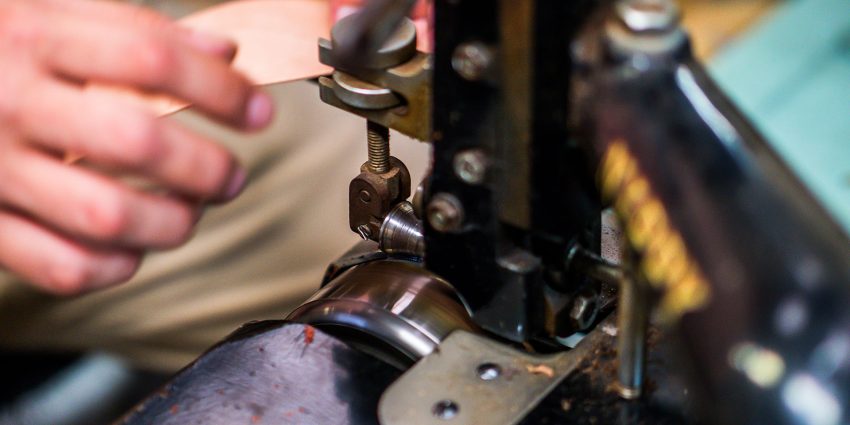There’s nothing worse than reaching for a tool, mid-job, and realizing it’s not up to the task—or worse, it’s the wrong one entirely. In the industrial world, where speed and accuracy matter just as much as durability, your tools don’t just need to perform. They need to deliver under pressure.
And while the market is flooded with options, not all tools are created equal. So if you’re just getting started, or reevaluating your current setup, start with the workhorses. The tools that earn their keep every single day.
The Awl That Never Quits
Simple? Yes. But underestimate it, and you’ll regret it. A solid industrial awl is more than a pointy stick—it’s a go-to for puncturing, scribing, aligning, and sometimes even prying. When it’s made well, it becomes a natural extension of your hand.
Look for:
- A hardened, high-carbon steel point that keeps its shape
- A handle that fits snugly in your palm, especially under repeated use
- Just the right balance—light enough to maneuver, heavy enough to apply pressure
Whether you’re dealing with leather, rubber, plastics, or canvas, this is the quiet hero you’ll grab more than you expect.
A Grommet Setter Built Like a Tank
If you’re working with heavy-duty materials, setting grommets isn’t just a detail—it’s structural. And a quality grommet setter doesn’t flinch. It aligns cleanly, punches confidently, and holds up through job after job without wearing down or losing alignment.
Avoid the flimsy kits and opt for something that was actually meant for industrial work—solid steel construction, crisp cutting edges, and the kind of leverage that makes short work of thick materials.
You just know it’s right
Steel hammers have their place. But in industrial settings where controlled force is key, a well-made rawhide or rubber mallet brings the muscle without damaging your materials or your tools.
Ideal for:
- Assembling components without leaving marks
- Working around delicate parts where vibration matters
- Long sessions where fatigue is a factor
A good mallet doesn’t just protect your project—it protects your rhythm. Once you find the right weight and grip, it becomes an extension of your process.
Conclusion
You don’t need an arsenal to work like a pro. You need a few tools that you trust—ones that feel right in your hand, take a beating, and stay sharp in every sense of the word.
When you start with these three, you’re not just checking boxes. You’re building a toolkit with staying power. One job at a time.

